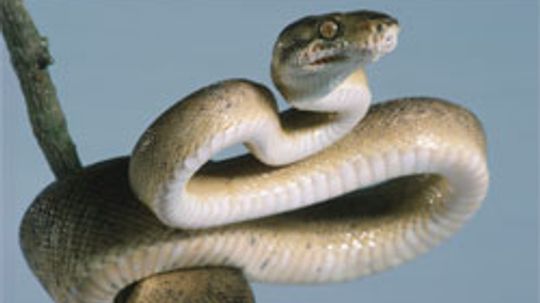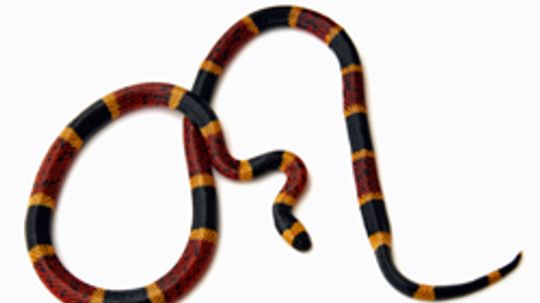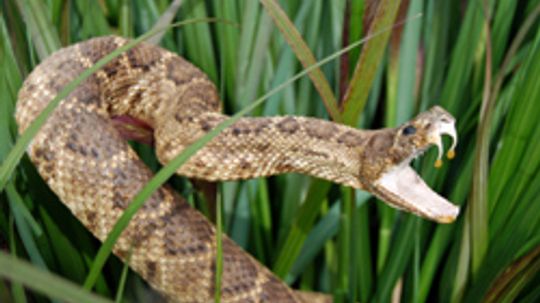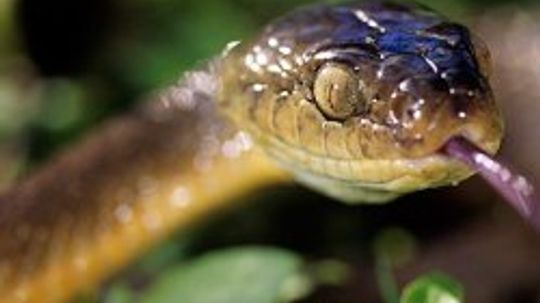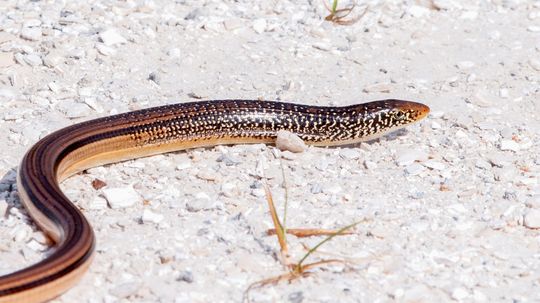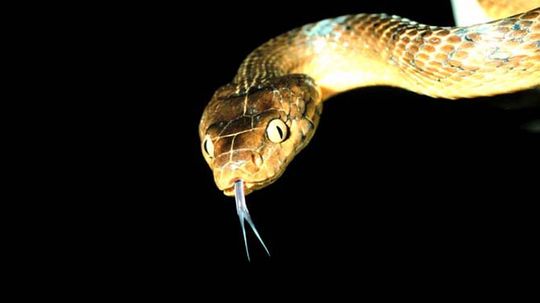Snakes
Snakes have a long, flexible body that is covered with dry scales. Snakes flick their forked tongues to bring in odors to their sensory glands.

What Do Alligators Eat? Pretty Much Anything They Want
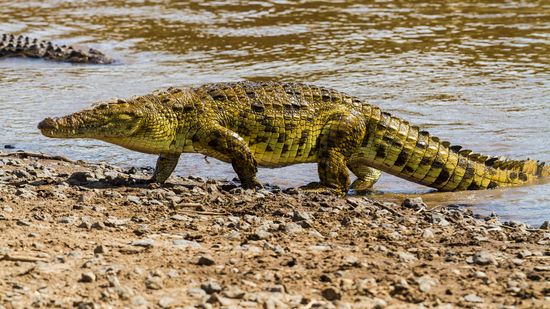
Nile Crocodile: Giant, Vicious and Surprisingly Social

So, the American Alligator Can Climb Trees ... How Terrifying

A Giant Tortoise Lives in the 'Galápagos of the Indian Ocean'

Green Sea Turtle: Named for Its Fat, Not Its Scales or Shell

The Leatherback Sea Turtle Is the Size of a Small Car
Learn More / Page 5
Learn how to breed ring-neck snakes and start a successful breeding business. Learn about how to breed a ring-neck snake in this article.
Learning how to know if a snake is venomous isn't hard. Learn about how to know if a snake is venomous in this article.
If you are in the Southeastern United States, you should know how to identify a pygmy rattlesnake. Learn about how to identify the pygmy rattlesnake in this article.
Advertisement
You can identify garden snakes, more commonly called garter snakes, by the three stripes on their backs that are reminiscent of garters. Learn about how to identify garden snakes in this article.
That slithery, snakelike form that just darted past might not be a snake after all. It could be legless lizard, an animal that evolved from an entirely different line.
By Julia Layton & Zach Taras
A snake can swallow an animal that's twice as big as its own head -- and swallow it whole. Snakes are amazing creatures with some astonishing capabilities. Did you know that a few of them can even fly? Learn how snakes get around, how they kill and eat their prey, and how they court and reproduce.
By Lacy Perry
